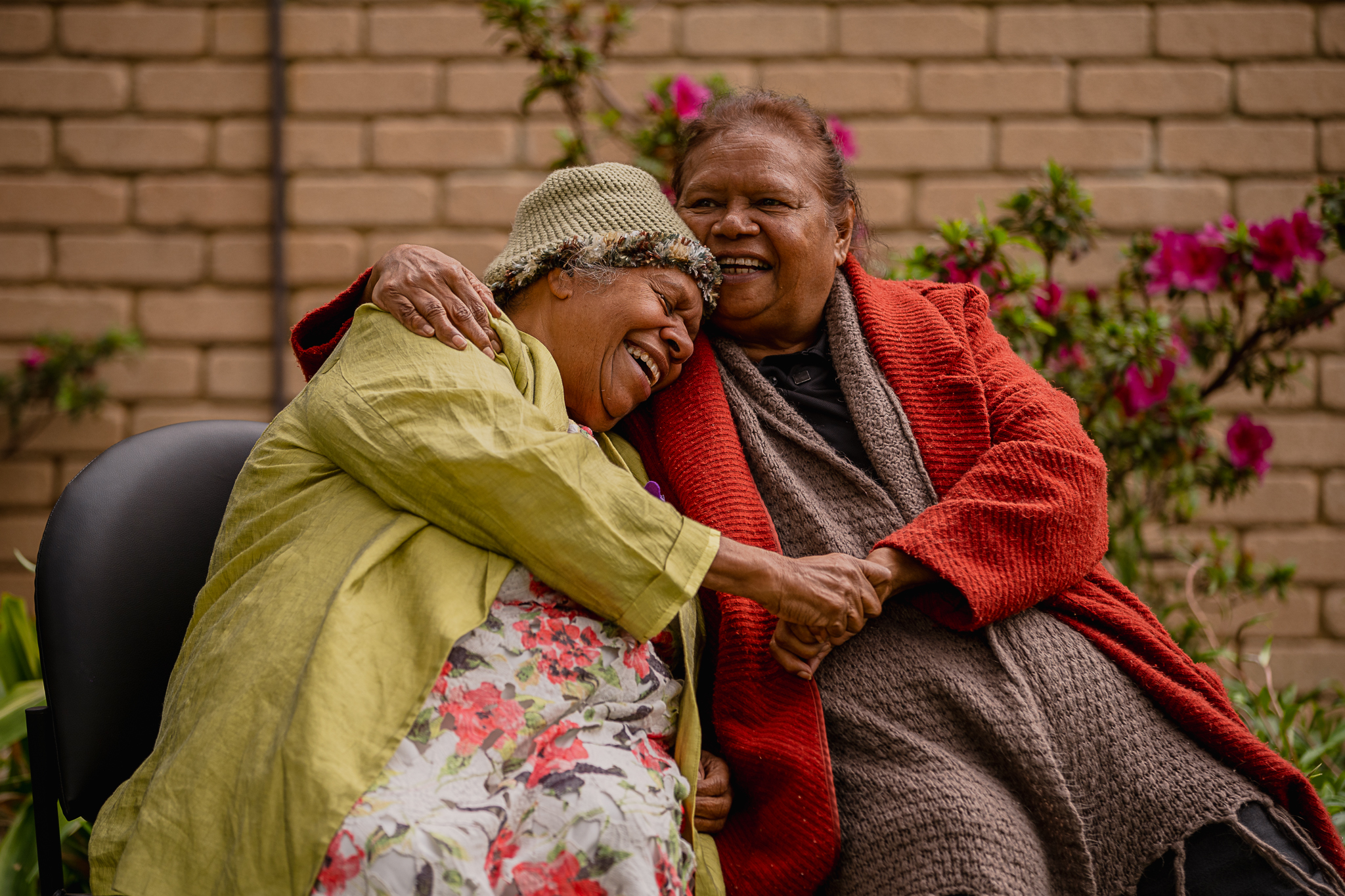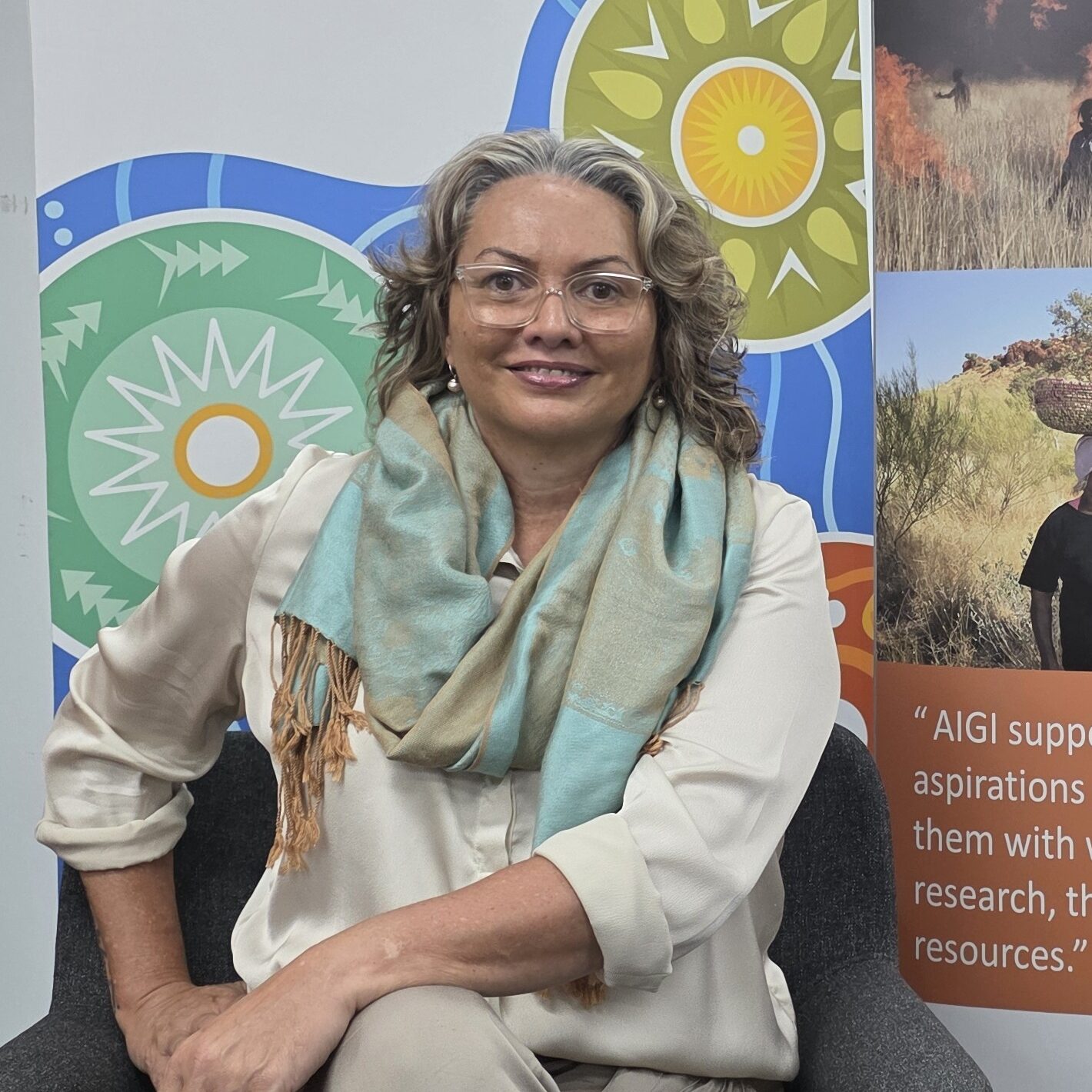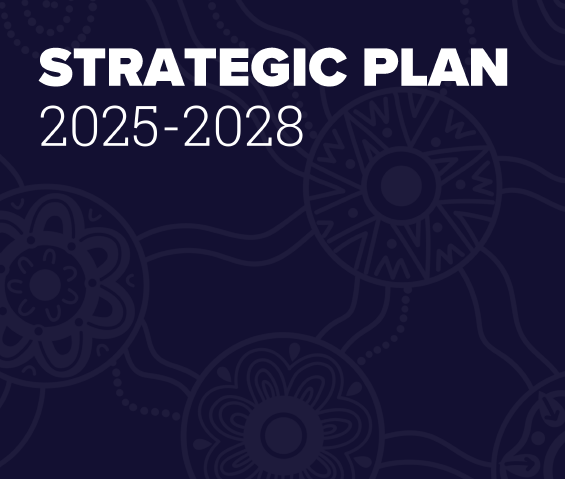Celebrating a Trans-Tasman Partnership: Māori and Australian First Nations Governance Leaders Unite...
Young people guiding The Marruk Project

Aboriginal and Torres Strait Islander viewers should be aware that this video may contain images and voices of persons who have passed.
The Marruk Project was awarded First Place in Category B of the 2014 Indigenous Governance Awards. Here Project Manager Angela Frost and Youth Leadership Group member Bayden Clayton discuss the central role of young people in guiding the project. The Youth Leadership Group empowers young people in the Swan Hill community.
“The Marruk Elders Advisory Council and project team have shared their skills with participants in targeted mentorships, to nurture community capacity and build real skills to enable the creation of ongoing arts and cultural work into the future.
Future leaders have been nurtured through the Youth Advisory Group structure. Participating young people were given the responsibility to work alongside the Elders Advisory Council to explore the contemporary context of the Dreamtime stories selected. This was a responsibility entrusted to the young people, and they accepted the responsibility with pride, to investigate how these stories could be opened up and shared in a way that was current and relevant to the young people of Swan Hill.
The governance structure allows for emerging leaders to be supported to have a voice and carry out important cultural responsibilities.”
– The Marruk Project, Indigenous Governance Awards, category B winner, 2014.2Australian Indigenous Governance Institute and Reconciliation Australia, Voice of Our Success: Sharing the Stories and Analysis from the 2014 Indigenous Governance Awards, (Sydney: Australian Indigenous Governance Institute and Reconciliation Australia, 2016), 64.









.png)

